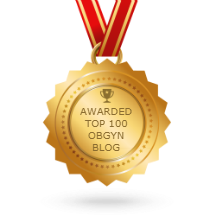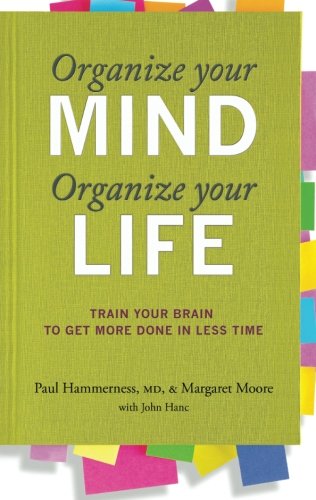“ Hey wait, I thought food Friday was supposed to be a celebration of good food and eating !” Of course it still is. I just want to talk a little bit about how to understand your own metabolism and to leverage it for your health and for your enjoyment. Bear with me for a little science.
Carbohydrate or carbs is a term we hear frequently in popular media. But what exactly are they? A carbohydrate is a compound that contains carbon, hydrogen and oxygen. These molecules are linked together in such a way as to store energy. In their simplest form, they are sugars like glucose. When they are linked together like Legos they become starch, which is really just a storage form of glucose.
Glucose is the body's principal energy source, its fundamental fuel. But as with most things,too little or too much is a problem. A young, healthy, non-pregnant body will manage its fuel very efficiently. The silent internal workings of the body's physiology will keep circulating levels of glucose within a close ideal range, even during periods of dietary excess and periods of dietary scarcity. The main regulators here are insulin and glucagon. Insulin is a pancreatic hormone that brings glucose from the circulation into the cell where it can be used for fuel. Glucagon has the opposite effect. When blood sugar levels go low, though lack or food or periods of high demand, glucagon goes into action and mobilizes stored starch to be broken down releasing glucose into the bloodstream.
When we become overweight or pregnant or older, this process works less well. In particular, the cells do not respond as well to insulin. I am not speaking of diabetics here. This tendency is true of everyone. When we do not process our blood glucose efficiently, specifically when we become less sensitive to our own insulin, we are said to be carbohydrate intolerant.
A vicious cycle can then ensue. When we cannot bring glucose from the bloodstream into the cell by the action of our insulin, the concentrations of glucose in the bloodstream becomes abnormally high. This leads to the formation of fat in our tissues and in particular our arteries. This of course, leads to cardiovascular disease.
Under these circumstances, our insulin levels also become chronically high in an attempt to bring the blood sugar down. This is called hyperinsulinemia, and it is thought to be a precursor of type 2 diabetes. Moreover, hyperinsulinemia alone is associated with “ Metabolic Syndrome” , the unholy quartet of hypertension, obesity, high cholesterol ( or triglycerides) and glucose intolerance.
How can you short-circuit this vicious cycle? Well, no one can avoid aging if they're lucky, and many people choose to become pregnant. Avoiding obesity is the best way to avoid carbohydrate intolerance because, as you have no doubt gathered by now, obesity leads to carbohydrate intolerance, and carbohydrate intolerance leads to more obesity, a vicious cycle. That is one of the reasons why it is so hard for people to lose weight once they have become obese. It is far easier to avoid obesity in the first place than it is to correct it after the fact.
But there are many obese people who are intent on losing their weight and getting healthy. Here's the good news for them, and for the rest of us wanting to prevent these problems. If we minimize sugars and simple carbohydrates (like starch) in our diet and keep a steady intake of meals and snacks with high quality fruits, vegetables, proteins and fiber, our blood sugar levels will trend toward the steady and normal, both necessary to avoid the development of carbohydrate intolerance.
If we add steady increasing levels of physical activity every day and, as a result develop increased exercise tolerance and increased muscle mass, we will have synergistically increased our metabolic rate. We will feel more energetic, and as a result be more active. A virtuous cycle will set in!
Here's the real newsflash: I am asking all my patients to pay more attention to food. In fact, I am almost certainly asking them to eat better food, in greater quantities, more frequently. In fact I would be thrilled if all of my patients made healthy food a lifelong hobby. Sourcing high quality food, searching for recipes, trying new things, and entertaining with healthy recipes is a lot of fun.
So with the holidays approaching, do not worry. Get excited about finding some great healthy recipes. And maybe plan a frosty family walk outside on your Thanksgiving morning, or between dinner and pie.



























